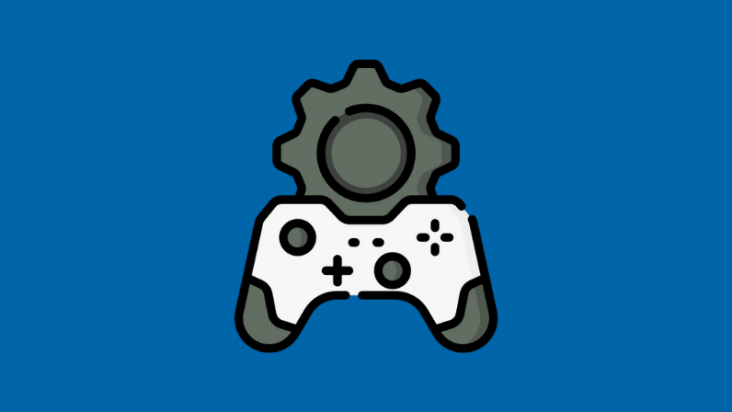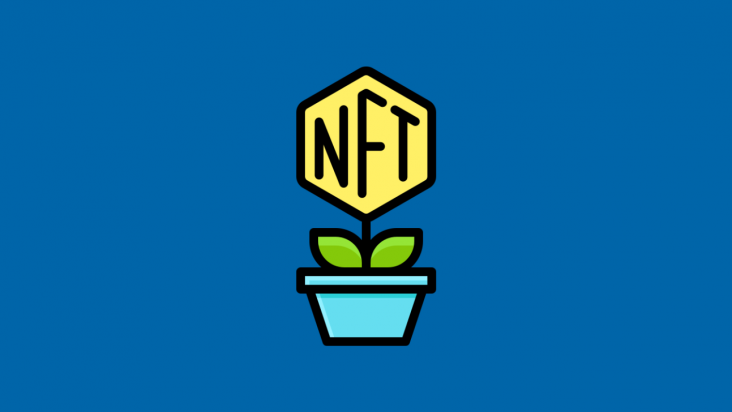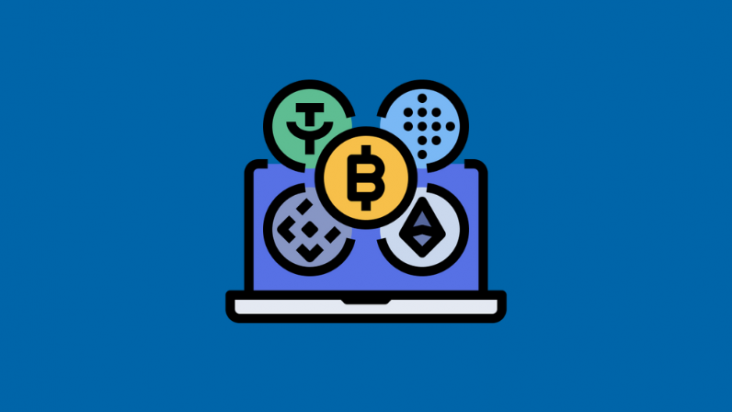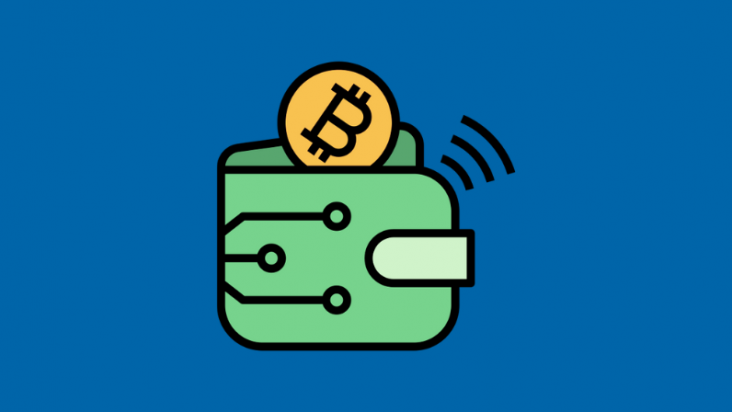
The gaming industry is constantly evolving, searching for new ways to engage and monetize audiences. One of the most debated mechanics in modern gaming is loot boxes—virtual containers with randomized rewards that players can acquire using in-game or real-world currency. For developers, they represent an effective monetization strategy; for players, they offer a chance to obtain valuable items; while regulators often view them as a form of gambling. The perception of loot boxes remains highly nuanced.
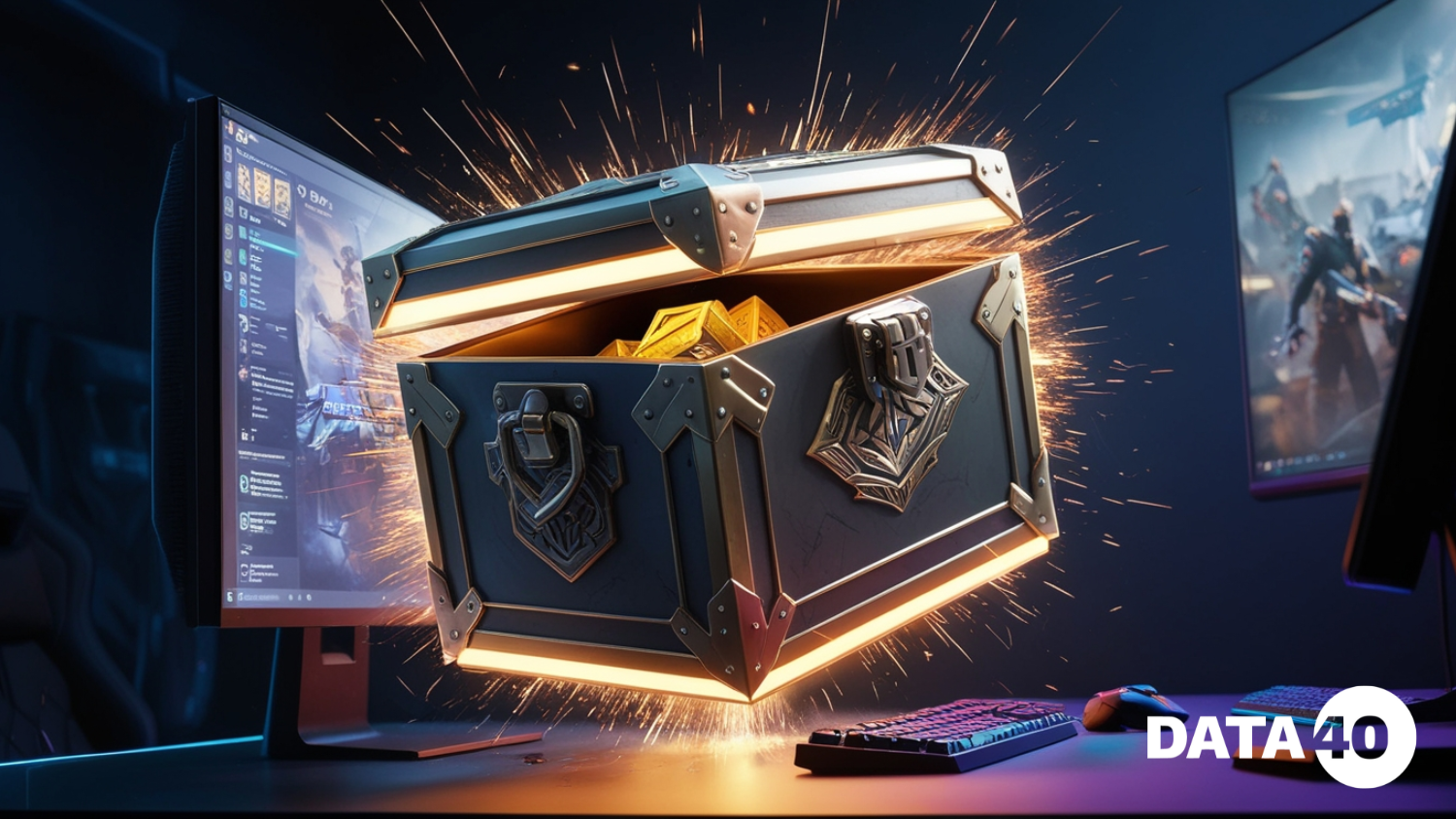
Loot boxes have become a key component of modern games, particularly in free-to-play (F2P) titles and live-service projects, where they are used to drive player retention and increase revenue. The random reward system influences not only gameplay but also the entire economic model of a game. Over the years, loot boxes have undergone a significant evolution—from early experiments in mobile games to widespread adoption in major AAA titles.
What Are Loot Boxes?
Loot boxes are an in-game mechanic based on randomized rewards, where players receive mystery content such as cosmetic items, in-game resources, or stat boosts. The appeal lies in the element of surprise—players do not know what they will receive, which enhances engagement and encourages repeated openings.
The fundamental system behind loot boxes originates from gacha mechanics, where rewards are distributed based on predetermined probability rates. Some games offer loot boxes as in-game achievements, while others monetize them through in-game currency or direct purchases. To balance randomness, many games include pity mechanics, ensuring that rare items drop after a certain number of attempts, adding a level of predictability to the system.
Different games implement loot boxes in unique ways. In some titles, they are purely cosmetic, affecting only the appearance of characters and gear. In others, they provide gameplay advantages, potentially affecting competitive balance. This variation in approach has made loot boxes one of the most controversial mechanics in gaming.
In recent years, discussions around regulating loot boxes have gained momentum, as some governments consider them a form of gambling. While debates continue, loot boxes remain a major component of player engagement and game monetization.
Origins and Early History of Loot Boxes
- The Origins in Asia
The history of loot boxes begins in Asia, where developers sought to increase player engagement through a system of random rewards. This approach encouraged users to keep playing by offering in-game bonuses in exchange for participating in a random reward system.
The first known implementation of loot box mechanics appeared in Chinese MMORPGs in 2007. Players could purchase special chests or capsules with a chance to obtain rare in-game items. This concept quickly gained popularity, as it combined elements of gambling and collection mechanics.
Another major influence on loot boxes came from Japan’s gacha system, originating in mobile games. In gacha mechanics, players spend in-game currency to obtain random items or characters, similar to capsule vending machines. The desire to collect rare rewards pushed players toward repeated spending.
- Expansion to the West
Western companies quickly adopted the idea of random rewards, integrating them into their own projects. One of the earliest examples was FIFA 09, developed by Electronic Arts (EA) and released in March 2009. In the Ultimate Team mode, players could build their own football team by opening card packs with random footballers. These packs could be acquired using in-game currency earned through matches or purchased with real money.
Another pioneer in implementing loot boxes was Valve, which introduced them in Team Fortress 2 (2010). Unlike FIFA 09, loot boxes in this game contained cosmetic items that did not affect gameplay balance. This model was later adopted in other Valve games, including Dota 2 and Counter-Strike: Global Offensive (CS:GO). In CS:GO, loot boxes took on a market-driven aspect: rare skins became valuable digital assets that players could trade for real money.
- Integration into Single-Player Games
As the mechanic evolved, loot boxes began appearing not only in multiplayer games but also in single-player titles. In the AAA sector, they became an essential tool for increasing player engagement. This transition provided developers with new monetization opportunities, but also sparked heated debates about how loot boxes impact gameplay fairness.
Loot boxes have come a long way, from a feature in mobile gacha games to a key monetization element in major gaming projects. Their continued evolution remains one of the most widely discussed topics in the industry today.
The Evolution of Loot Boxes: From F2P to AAA and Mobile Games
Loot boxes initially thrived in free-to-play (F2P) models, where they became a cornerstone of monetization. A notable success story was League of Legends, where Hextech Chests were introduced in 2016. Players could earn chests through gameplay achievements or purchase them with real money. This system provided players with opportunities to obtain rare skins while also encouraging paid engagement through key purchases.
Another significant example was CS:GO’s case system, where players could unlock skins for weapons with varying degrees of rarity. Valve structured the market so that rare skins became highly valuable, creating a player-driven economy where in-game items held real-world value, further increasing engagement.
As loot boxes gained prominence, they were integrated into AAA games, leading to widespread industry debate. A defining moment came with Overwatch (2016) by Blizzard Entertainment, which implemented a loot box system focused solely on cosmetics. The absence of pay-to-win elements softened criticism, making loot boxes an accepted feature of live-service games.
The mobile gaming sector remains the most reliant on loot boxes, primarily through gacha mechanics. In Genshin Impact, developed by miHoYo, players spend currency (Primogems) to summon new characters and weapons through limited-time banners. The low drop rates for premium characters drive spending, making gacha systems a major revenue source for mobile developers.
Other mobile strategy games, such as Clash Royale, utilize chest-based progression, where players unlock randomized card rewards. This mechanic encourages daily engagement and incentivizes spending to accelerate unlocks.
Conclusion: Loot Boxes Today
Loot boxes remain one of the most debated monetization strategies in gaming. While some developers have moved away from them due to regulatory concerns, others continue refining their models to align with player expectations.
Certain governments, such as those in Belgium and the Netherlands, have banned loot boxes, classifying them as gambling mechanics. In response, many developers now disclose drop rates to improve transparency. Some have replaced loot boxes with battle passes, direct purchases, or other monetization strategies.
Despite growing restrictions, loot boxes continue to dominate the mobile market, where gacha systems remain a primary revenue source. Meanwhile, major publishers have reduced reliance on loot boxes in their AAA titles, shifting towards cosmetic-only implementations to avoid backlash.
The future of loot boxes hinges on finding a balance—developers must create engaging reward systems while maintaining player trust and avoiding regulatory scrutiny.




